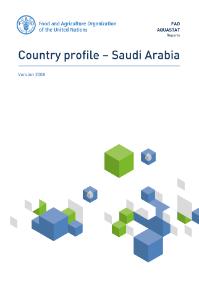Farmers' laws and irrigation : water rights and dispute management in the hills of Nepal
The title of my Thesis is "Farmers' Laws and Irrigation: Water Rights and Dispute Management in the Hills of Nepal". This is based on a research I conducted in the Thulotar Kulo irrigation system in Nepal, during 1997 and 1998. Thulotar Kulo is a farmer-managed irrigation system.






